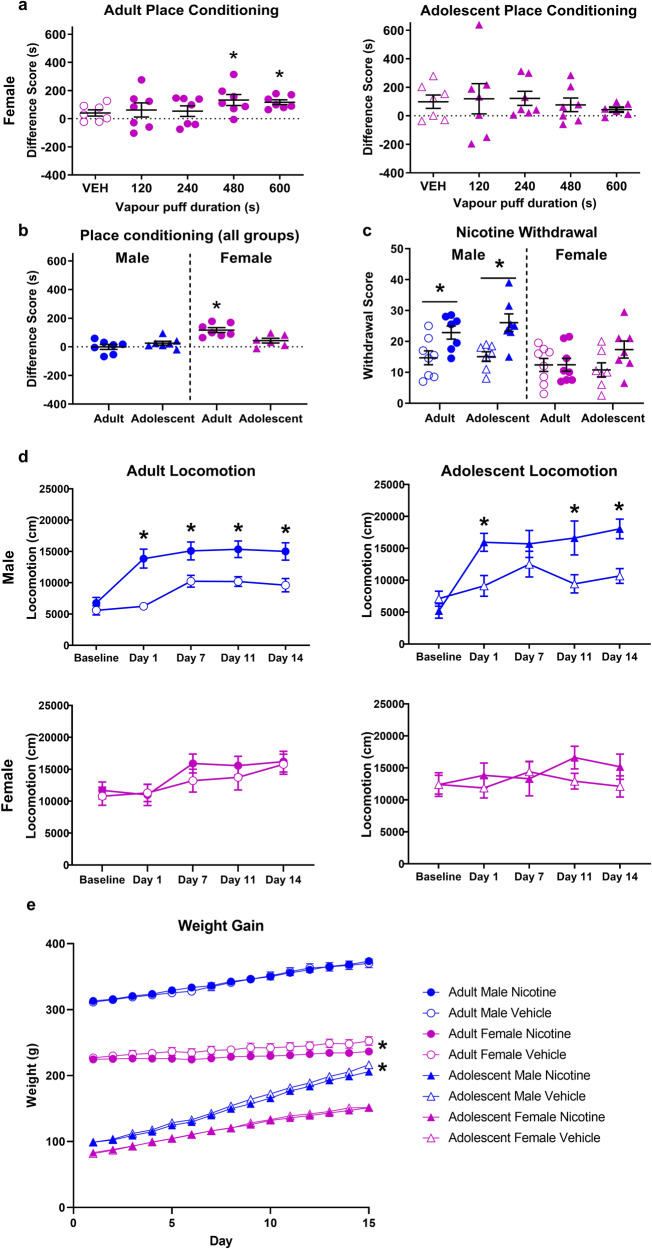Fig. 1. Sex and age impact the effects of nicotine vapour on reward, withdrawal, locomotion and body weight.
a Female nicotine vapour place conditioning results. Difference score is defined as the difference in time spent in the initially non-preferred chamber pre- to post-conditioning. Adult females acquire CPP at 480 and 600 s doses. Adolescent females do not acquire CPP at any dose tested. b Nicotine vapour place conditioning results for male and female, adult, and adolescent rats at 600 s dose. *p < 0.05 significant shift in preference from zero. c Nicotine (filled circles) and vehicle (empty circles) vapour withdrawal scores. Scores are the sum of all observed somatic withdrawal signs averaged across two blinded scorers. Male adults and adolescents show similar levels of nicotine vapour withdrawal signs compared to control. Females do not show significant levels of nicotine vapour withdrawal though adolescents appear to trend toward significance. *p < 0.05 nicotine vapour versus vehicle vapour. d Nicotine (filled circles) and vehicle (empty circles) vapour effect on locomotion. Locomotion was measured following the second exposure of the day. Adult and adolescent males show significantly higher locomotion following nicotine vapour exposure. Adult and adolescent females do not show any increase in locomotion in response to nicotine vapour exposure. *p < 0.05 nicotine vapour versus vehicle vapour. e Weight change over nicotine vapour treatment period. Adolescent males and adult females have reduced weight gain in response to repeated nicotine vapour exposure. *p < 0.05 significant treatment by day interaction. Data are presented as mean ± SEM.

